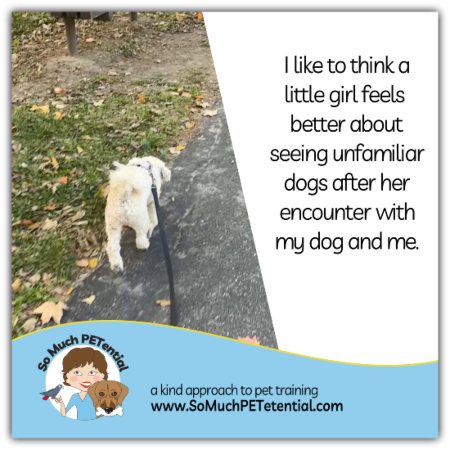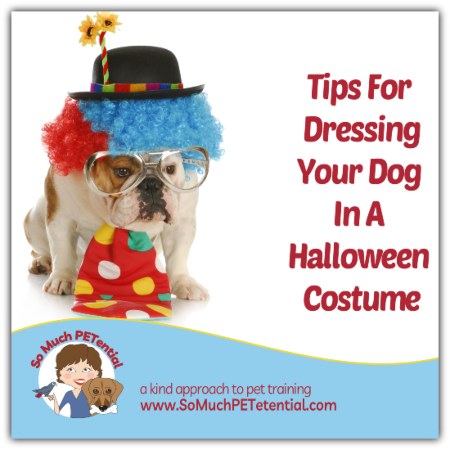I’ve seen and heard about it happen all too often. A child may reach over to take a dog’s toy or give a dog a big bear hug only to be greeted by a low growl from the dog, followed by a scolding to the pet. Or a dog on a leash tenses his body muscles and escalates into a snarl when something in the environment pushes him beyond his comfort level, only to have his leash jerked by the person on the other end.
 Here is the problem with that. Outside of play, dogs may growl for a number of reasons – whether out of fear or discomfort, resource guarding, or offensive aggression. The common factor in all of these reasons is underlying stress. Dogs growl as a warning signal when their other ways of communicating (such as tense muscles, closed mouth, or looking away) have not worked for them.
Here is the problem with that. Outside of play, dogs may growl for a number of reasons – whether out of fear or discomfort, resource guarding, or offensive aggression. The common factor in all of these reasons is underlying stress. Dogs growl as a warning signal when their other ways of communicating (such as tense muscles, closed mouth, or looking away) have not worked for them.
Punishing a dog for communicating that things are not right in his world is taking away his early warning signs and his ability to communicate non-aggressively. If you take this tool away from your dog, you are removing the underlying reason for why his behavior had to escalate in the first place. You are in essence taking away his last safety net to give him distance from his trigger, and giving him no other option but to escalate his behavior even further into a bite.
The unfortunate thing is that once your dog has learned that whale eyes, turning away, licking his lips, curling his lip, holding his tail low, or even growling will not work but biting does, that past experience will teach him to choose biting again the next time a situation gets tense.
Please do not blame your dog. Instead thank him for warning you that you need to pay closer attention to his environment and his body language.
Children and adults need to learn how to avoid situations that may cause a dog to growl such as grabbing at your dog’s toy or food, giving him a big bear hug or looming over him. At the same time, beginning early to desensitize your dog to a variety of situations, people, and touching is important because a behaviorally healthy dog will communicate stress and discomfort incrementally starting with the mildest body language.
If a dog growls at you, give him safety by stopping what you are doing and giving him distance from his trigger (whether that is you or something else in the environment). And then analyze what happened so as to avoid situations that cause him to growl in the first place. A trainer who focuses on positive reinforcement can help you with an individualized behavior modification plan.




